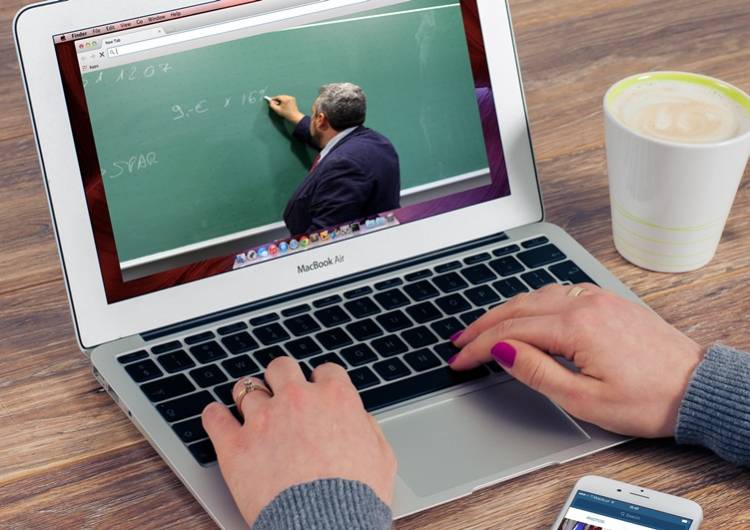The long period of Covid-19 pandemic forced the world of education to rely on digital technology. There are no more conventional classes; all have been replaced by online classes in the form of video conferencing. This sudden change of course has consequences for both lecturers and students. All parties must be ready to improve their digital literacy and online skills to present quality lectures.
As the oldest and leading dental medicine faculty in Indonesia, Faculty of Dental Medicine Universitas Airlangga has long adopted a blended learning system that combines e-learning facilities combined with face-to-face classical lectures. The combination of e-learning and face-to-face classical lectures is considered the best method because the use of information technology in the lecture process should not leave conventional methods. It maintains the social and emotional interactions between lecturers and students. Online lectures using video conferencing facilities are part of telemedicine, which can be a synchronous method of choice in e-learning. This facility helps to keep lectures going well when lecturers have to work far away. Because there are no face-to-face lessons, the quality of online lectures must be good. Keeping students focused on listening to online lectures without leaving is a challenge. Therefore, strict monitoring the quality of online lectures must be carried out.
Student evaluations and perceptions of the application of video conferencing in online lectures have not been widely studied. In this study, we explored the opinions and views of dental medicine students about online lectures using video conferencing that we conducted at Faculty of Dental Medicine, Universitas Airlangga (UNAIR).
This study used a qualitative descriptive design to comprehensively summarize the students’ perceptions of online synchronous lectures using video conferencing’. The population was 307 second semester students of Faculty of Dental Medicine, Universitas Airlangga in 2017 and 2018. Classes received two online lecture sessions on Physiology II. Each online lecture is delivered for 20 minutes, followed by a 30-minute online discussion and a 30-minute quiz. Finally, we compared the quiz results between an online lecture class and a “face-to-face” class.
The video conferencing system used is Vidyo, which is under the server of the Telemedicine Development Center of Asia (TEMDEC) Kyushu University Hospital, Japan. Discussion forums and quizzes online organized with the e-learning Universitas Airlangga through http://aula.unair.ac.id, but currently the URL has changed to http://elearning.unair.ac.id. Each student and lecturer has their own personal account that is linked to the courses taken each semester. After students complete two online lecture sessions, discussions, and quizzes, they are instructed to complete an online questionnaire with the link provided.
There are three major parts in this research,: (1) Students’ perceptions of online college preparation using video conferencing. Most students think that our online course schedule is well organized. They also saw that the preparation, punctuality, suitability of topics, and the role of campus technicians were good. (2) Students’ perceptions on quality of online lectures using video conferencing. Students rated “good” on the quality of online lectures via video conferencing in terms of audio-video quality and its role in supporting e-learning in dental medicine. (3) Students’ perceptions of the advantages and limitations of online lectures using video conferencing. In this case, most students argue that online lectures can help improving self-confidence and reducing space and time boundaries in lectures. The limitations experienced by students are the lack of technical support and poor quality of internet network.
From this study it can be concluded that students perceive that online lectures using video conferencing are very useful in supporting online learning, with some notes for quality improvement.
Author: Aqsa Sjuhada Oki, Yuliati, Jenny Sunariani, Anis Irmawati, Muhammad Luthfi.
Details of this study can be viewed at: http://www.sysrevpharm.org//fulltext/196-1600067825.pdf?1601266247
(Dental Students’ Perception of Online Lecture Using Video Conferencing)





